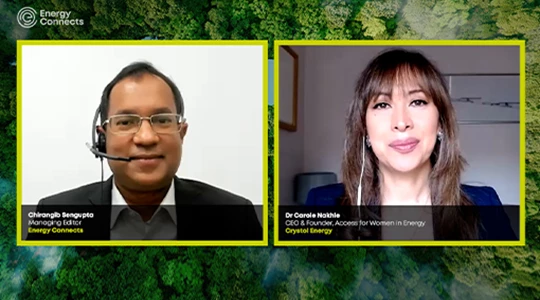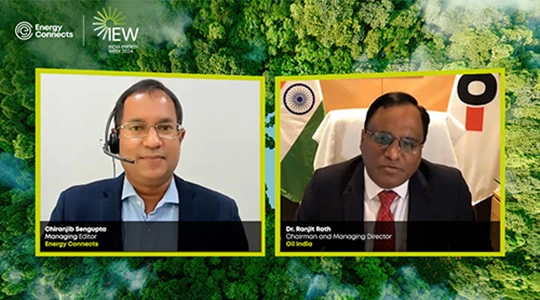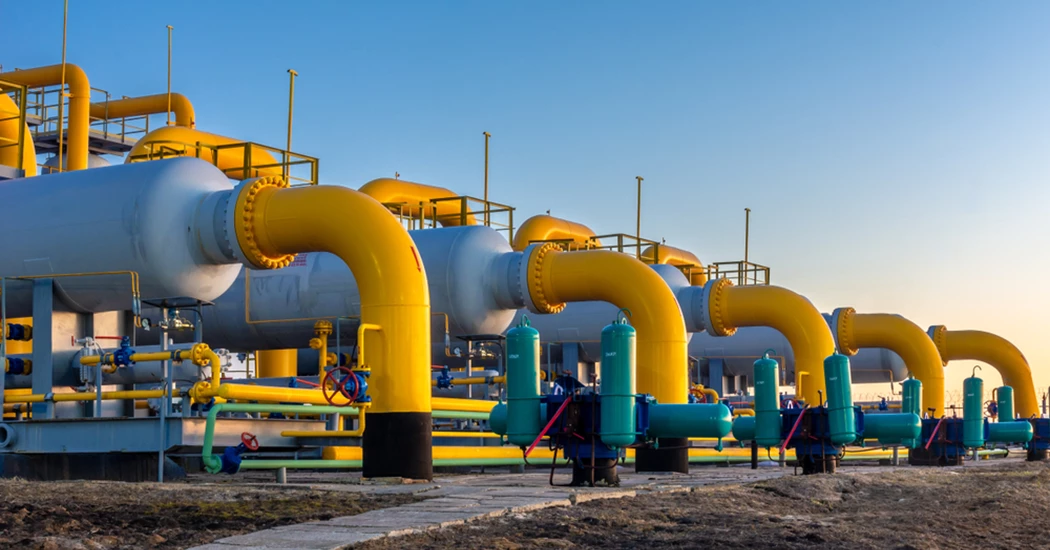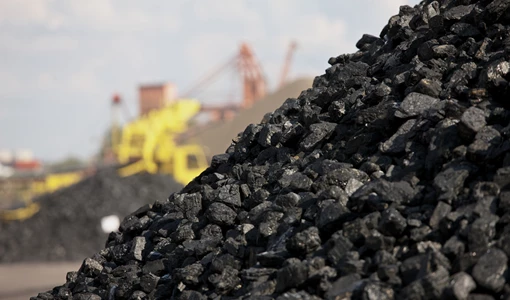IEF report finds major divergence persists in long term energy outlook
Leading scenarios for energy demand in 2050 continue to diverge massively amid uncertainty over climate policies and how the global energy industry will cut greenhouse gas emissions, according to a new report published by the International Energy Forum (IEF).
The 24 energy demand outlooks analysed by the IEF showed a divergence between the highest and lowest scenarios of 92 million barrels a day (mb/d) by 2050 for oil and 5,100 billion cubic meters (bcm) for natural gas by 2050, roughly equal to the size of the global market today. The range of projections for renewable energy demand in 2050 was four times greater than current global renewables market.
“The wide range in scenarios underscores the uncertainty in future energy demand, the wide-ranging potential impact of policies, and the immense challenge ahead for achieving just and orderly transitions,” said Joseph McMonigle, Secretary General of the IEF.
The IEF published its updated energy outlooks comparison report ahead of the 13th Symposium on Energy Outlooks, held jointly with the International Energy Agency (IEA) and the Organization of the Petroleum Exporting Countries (OPEC) at the IEF headquarters in Riyadh on Wednesday. The symposium brought together policymakers, experts and industry leaders to help them address the simultaneous crises affecting the global climate, energy market and economy.
Since last year's symposium, long-term demand uncertainty has been compounded by acute near-term risks, particularly in oil and gas markets, fuelling price volatility and harming consumers, investors, businesses, and governments, McMonigle said.
“The only sure antidote to high energy prices and volatility is adequate investment in new supplies. Underinvestment threatens to undermine energy security and can also stall progress on climate goals by risking public support for climate action and increasing reliance on more carbon-intensive options in the short-term,” he told the symposium.
In the IEF’s comparison of the six main energy outlooks from the IEA and OPEC, there were some areas of agreement about 2030. All base case scenarios showed an 8-12 percent increase in primary energy demand by the end of this decade, with non-OECD countries driving the growth.
Low-carbon energy sources including renewable, hydro, biomass, and nuclear were expected to grow by a total 32-67 percent by 2030 in all six scenarios, the report found. Coal demand was expected to fall by 2030 in all six scenarios, although the size of the decline ranges from 5 percent to 46 percent.
By 2045, three of the six scenarios saw robust growth in primary energy demand. However, the IEA's net zero scenario showed primary energy demand plummeting by 15 percent, projecting a break with the historical relationship between economic growth and energy demand growth.
“Energy investment decisions are informed by energy demand outlooks and scenarios. While aspirational scenarios are essential for tracking progress towards climate goals, it is equally important to provide outlooks based on current policy and consumer trends. Investment decisions should be based on realistic scenarios and real-time market data to prevent supply shortfalls,” McMonigle said.
Four of the six core scenarios showed fossil fuels accounting for more than 50 percent of primary energy in 2045, versus a current share of approximately 80 percent.
The IEF also gathered data on 18 additional scenarios from seven sources to understand how IEA and OPEC projections compared against other industry-leading outlooks.
Three quarters of all 24 scenarios showed primary energy demand in 2050 at higher levels than 2021, the report said. Forecasts for total liquids demand in 2050 diverged by 92 mb/d – almost the size of today's global market. Scenarios based on current trends and policies showed demand plateauing, while net zero scenarios showed a peak and collapse.
More than half of all scenarios to 2050 showed coal demand falling by more than half, fossil fuels accounting for more half of total primary energy demand and nuclear power increasing by more than 50 percent.
Most scenarios showed electricity demand growing by 80 percent by 2050, with more ambitious net zero scenarios showing up to 200 percent growth versus 2021.
Most net zero scenarios show carbon capture expanding to 6-8 Gigatons of CO2 per year by 2050, the report said.
KEEPING THE ENERGY INDUSTRY CONNECTED
Subscribe to our newsletter and get the best of Energy Connects directly to your inbox each week.
By subscribing, you agree to the processing of your personal data by dmg events as described in the Privacy Policy.

CSIS: long-term LNG demand to reshape global export capacity growth

More women in energy vital to the industry’s success

India’s energy sector presents lucrative opportunities for global companies

Oil India charts the course to ambitious energy growth

Maritime sector is stepping up to the challenges of decarbonisation
Partner content

Navigating the trading seas: exploring the significance of benchmarks

Back to the Future(s): the best commodities benchmarks are still physically settled

Ebara Elliott Energy offers a range of products for a sustainable energy economy

Essar outlines how its CBM contribution is bolstering for India’s energy landscape
































